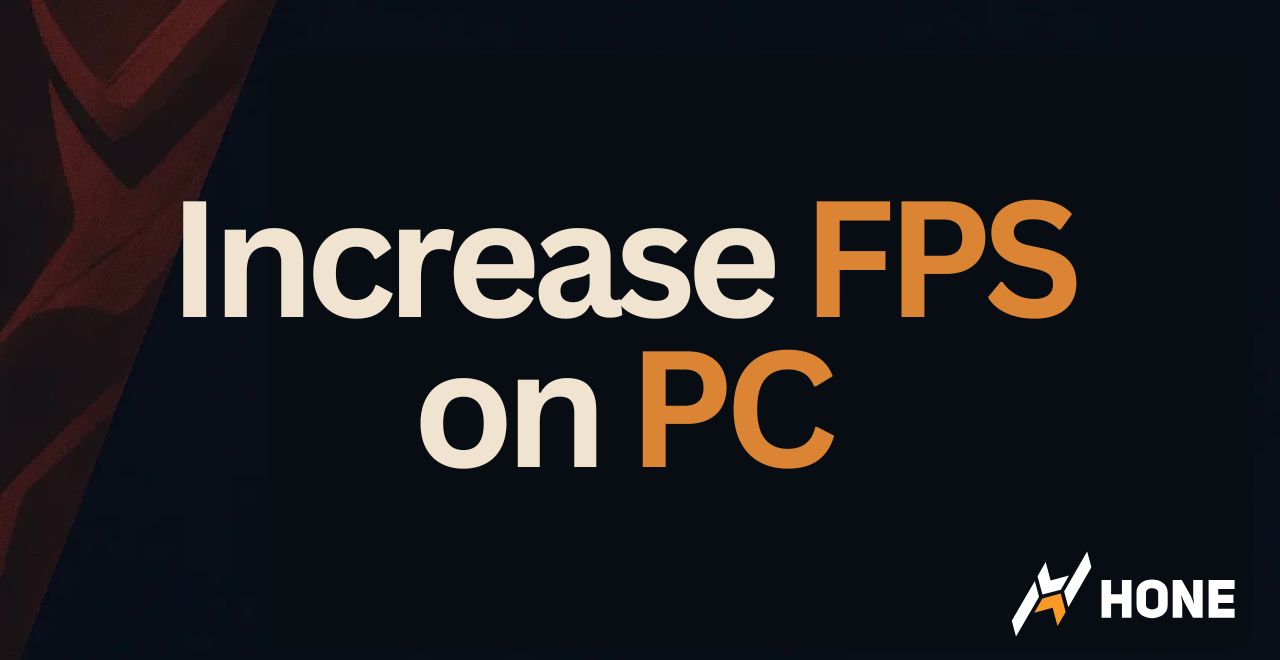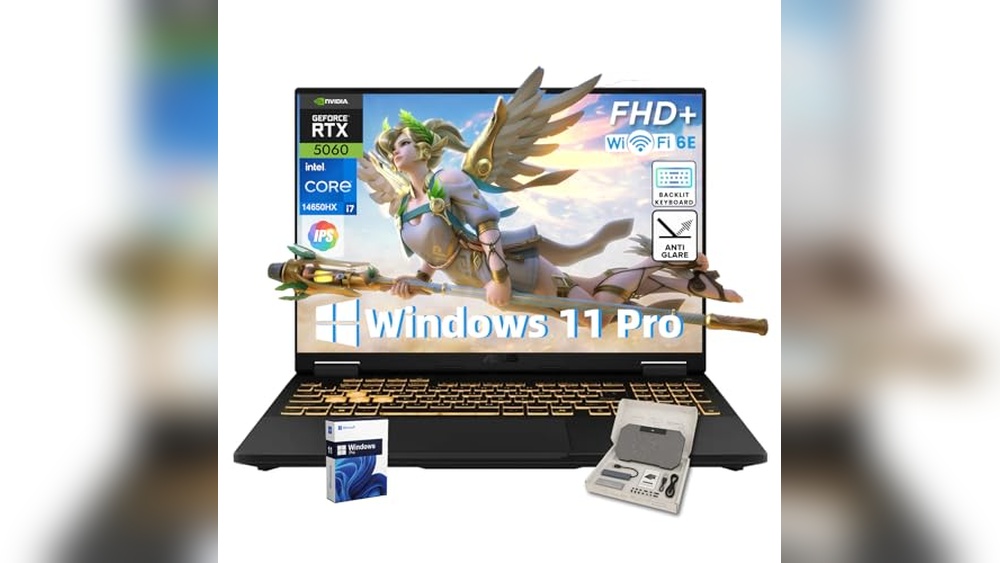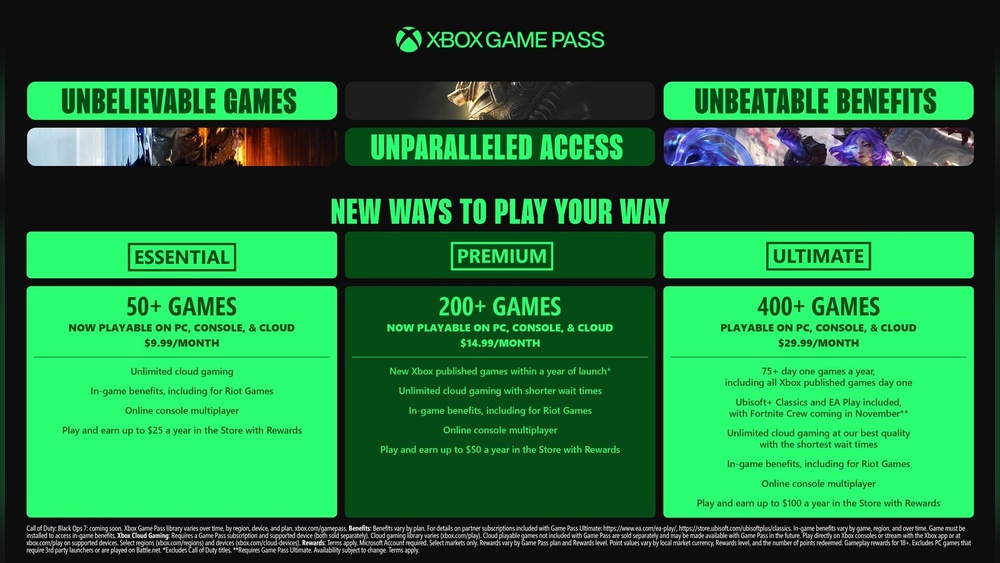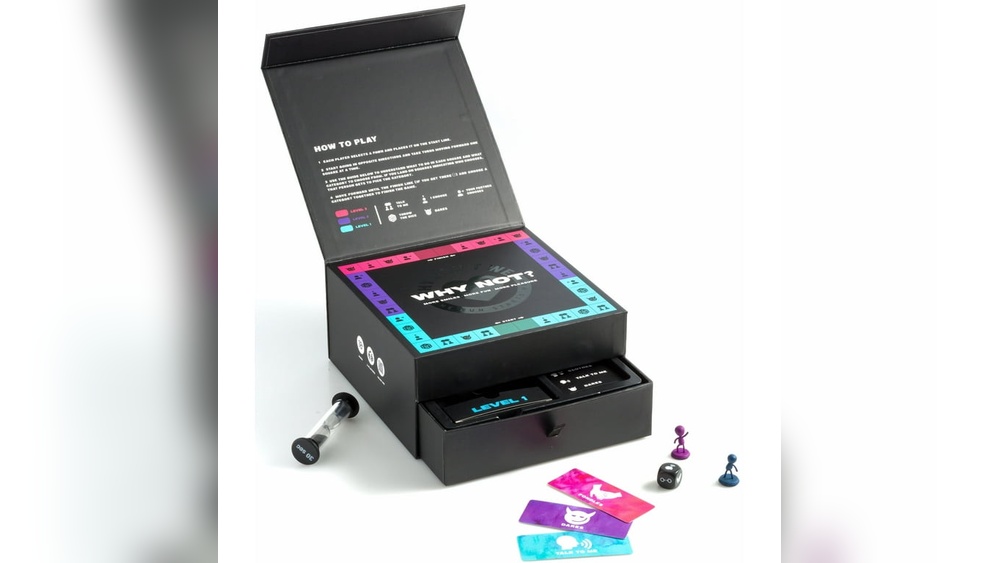If you love gaming, you know how smooth gameplay can make all the difference. A high refresh rate on your gaming PC means sharper visuals and faster reactions.
But are you getting the most out of your setup? Optimizing your PC for a high refresh rate isn’t just about buying expensive hardware—it’s about fine-tuning your system so every frame counts. In this guide, you’ll discover simple steps that can boost your gaming experience, reduce lag, and keep your screen running buttery smooth.
Ready to unlock your PC’s full potential? Let’s dive in.

Credit: hone.gg
Choose The Right Monitor
Choosing the right monitor is key for a high refresh rate gaming PC. The monitor sets the stage for smooth gameplay and sharp visuals. Picking the best one means understanding its features well. This guide explains what matters most for gaming monitors.
Refresh Rate Vs Response Time
Refresh rate is how many times the screen updates per second. Higher refresh rates mean smoother motion. A 144Hz or 240Hz monitor feels much smoother than 60Hz.
Response time is how fast pixels change color. Lower response times reduce blur and ghosting. A 1ms or 2ms response time is best for gaming.
Both refresh rate and response time affect the gaming experience. Balance them to avoid lag and blur.
Panel Types And Their Impact
There are three main panel types: TN, IPS, and VA. TN panels have the fastest response times but poorer colors. IPS panels offer better color and viewing angles but slower response. VA panels provide deep blacks but slower response times.
Choose TN for speed, IPS for color, and VA for contrast. The choice depends on what you value most in games.
Resolution And Size Considerations
Resolution affects image clarity. Common resolutions are 1080p, 1440p, and 4K. Higher resolution shows more detail but needs stronger PC hardware.
Screen size affects immersion and comfort. A 24 to 27-inch monitor suits most gamers. Bigger screens need more power to run smoothly at high refresh rates.
Match resolution and size to your PC’s power and desk space for the best setup.
Upgrade Your Graphics Card
Upgrading your graphics card is key for high refresh rate gaming. A strong GPU helps your PC show more frames per second. This makes gameplay smooth and responsive.
Choosing the right graphics card boosts your system’s ability to handle fast motion. It also improves visual quality without lag or stutter. Let’s explore what to consider when upgrading.
Selecting Gpus For High Fps
Pick a GPU with a high clock speed and many cores. These features help the card render frames faster. Look for models designed for gaming, not basic use.
Check the card’s benchmark scores for games you play. Higher scores mean better frame rates. Avoid older GPUs that may not keep up with modern games.
Vram And Performance
VRAM stores textures and game data. More VRAM helps with detailed graphics at high refresh rates. Aim for at least 6GB of VRAM for smooth gameplay.
Games with large maps and complex scenes need more VRAM. Insufficient VRAM causes frame drops and stuttering. Balance VRAM size with your budget.
Driver Updates And Tweaks
Keep your GPU drivers updated. New drivers fix bugs and improve game performance. Visit the manufacturer’s website regularly for updates.
Adjust GPU settings in the control panel. Optimize power and performance modes for gaming. Disabling unnecessary features can boost frame rates.
Optimize Game Settings
Optimizing game settings is key for a smooth high refresh rate experience. It helps your PC run games faster and with less lag. Small changes in settings can improve frame rates and reduce screen tearing. This lets your monitor display more frames per second.
Adjusting Graphics Quality
Lowering graphics quality can boost your frame rate. Turn off shadows, lower textures, and reduce effects like reflections. These changes lessen the load on your GPU. Play with settings until you find a balance between good visuals and smooth gameplay.
Disabling V-sync And G-sync
V-Sync can limit your frame rate to match your monitor’s refresh rate. This might cause input lag or stuttering. Turn off V-Sync for faster response times. G-Sync helps with screen tearing but can also add delay. Try disabling it if you want the fastest performance.
Utilizing In-game Fps Caps
Setting an FPS cap prevents your PC from overworking. It stops your frame rate from going too high, which can cause overheating. Match the cap to your monitor’s refresh rate. This keeps gameplay smooth and stable without wasting power.

Credit: www.youtube.com
Fine-tune Windows Settings
Fine-tuning Windows settings is key for a smooth gaming experience. It helps your PC run faster and keeps the refresh rate high. Simple changes in Windows can reduce lag and improve frame rates. These tweaks use your PC’s power better and stop distractions from background tasks. Let’s explore how to adjust Windows for top gaming performance.
Disabling Background Processes
Background processes use CPU and memory, slowing games down. Close apps you do not need while gaming. Use Task Manager to find and stop these tasks. This frees up resources for your game to run smoothly. Also, disable startup programs that run automatically. This reduces system load and keeps your PC focused on gaming.
Adjusting Power Options
Windows power settings affect your PC’s speed and energy use. Set your power plan to “High Performance.” This keeps your CPU running at full speed. Avoid “Balanced” or “Power Saver” modes during gaming. These modes lower performance to save energy. A high-performance plan ensures your PC delivers maximum power to games.
Enabling Game Mode
Game Mode helps Windows focus on your game. It reduces background activity and prioritizes game resources. Turn on Game Mode in Windows settings before you start playing. This improves frame rates and reduces stuttering. Game Mode helps your PC deliver a more stable and smoother gaming experience.
Enhance Cooling And Hardware
Optimizing your gaming PC for a high refresh rate needs more than just a good graphics card. Cooling and hardware play a big role in keeping your system stable and fast. Proper cooling prevents overheating. It helps your PC run smoothly even during long gaming sessions. Upgrading hardware parts can improve performance and support higher frame rates.
Improving Airflow
Good airflow helps keep your PC cool. Check if your case has enough fans. Place fans to push air in and pull air out. Avoid blocking air paths with cables or parts. Clean dust filters and fans often. Dust slows down airflow and raises temperatures.
Overclocking Cpu And Gpu
Overclocking boosts your CPU and GPU speed. It can increase frame rates for high refresh rate gaming. Use safe software tools to adjust clock speeds. Increase speeds slowly and test for stability. Watch temperatures closely to avoid damage.
Monitoring Temperatures
Keep an eye on CPU and GPU temperatures. Use simple programs to check real-time heat levels. High temperatures can cause crashes or slowdowns. Aim to keep temperatures below 80°C for best results. Adjust cooling or reduce overclocking if temperatures rise too high.
Use Performance Boosting Software
Using performance boosting software helps your gaming PC run smoother. These tools optimize system resources to keep games fast and responsive. They reduce background tasks and improve frame rates. This is key for high refresh rate monitors, which need steady, fast output.
Game Boosters And Optimizers
Game boosters pause unnecessary programs while you play. They free up CPU and RAM to focus on the game. Some optimizers adjust system settings automatically for better speed. These tools help reduce stuttering and lag during gameplay. Choose simple, trusted software for easy setup and good results.
Monitoring Fps And Latency
FPS means frames per second, showing how smooth your game runs. Latency is the delay between your action and the game’s response. Use monitoring software to check these numbers in real time. It helps spot performance drops and fix problems fast. Keeping FPS high and latency low improves gameplay feel.
Updating System Firmware
Firmware controls hardware functions on your PC components. Updating firmware can fix bugs and improve performance. Check for updates on your motherboard, graphics card, and SSD. New firmware often improves stability and speeds up data flow. Regular updates keep your PC ready for high refresh rate gaming.
Network Optimization For Online Gaming
Network optimization plays a key role in online gaming performance. A smooth, fast connection improves gameplay and reduces lag. High refresh rate monitors show more frames but need a stable network to match. Optimizing your network helps lower delays and keeps your game responsive. Focus on reducing latency, choosing the right connection type, and setting your router correctly.
Reducing Latency And Packet Loss
Latency is the time it takes for data to travel between your PC and the game server. Lower latency means quicker responses in-game. Packet loss happens when data packets fail to reach their destination. This causes stuttering and lag spikes. Use tools to test latency and packet loss. Close background apps that use the internet. Limit downloads and uploads during gaming sessions. These steps keep your connection stable and fast.
Choosing Wired Over Wireless
Wired connections are more stable than wireless ones. Ethernet cables provide a direct link to your router. This reduces interference and signal drops. Wi-Fi signals can weaken due to walls and other devices. Using a wired connection cuts down on lag and packet loss. It helps maintain a constant data flow. For high refresh rate gaming, wired is the best choice.
Configuring Router Settings
Adjusting your router settings improves game traffic priority. Enable Quality of Service (QoS) to prioritize gaming data. This reduces delays during heavy network use. Update your router firmware for better performance and security. Choose a router with good speed and range. Place your router in an open, central spot. These changes help keep your gaming connection strong and steady.

Credit: www.youtube.com
Frequently Asked Questions
How Do I Enable High Refresh Rate On My Gaming Pc?
To enable high refresh rate, access your display settings. Choose the highest available refresh rate your monitor supports. Update your graphics drivers to ensure compatibility. Restart your PC for changes to take effect. This boosts smoothness in games and reduces screen tearing.
Which Hardware Upgrades Improve High Refresh Rate Gaming?
Upgrading to a powerful GPU and CPU enhances high refresh rate gaming. Increase RAM to at least 16GB for better performance. Use an SSD for faster game loading. Ensure your monitor supports high refresh rates like 144Hz or above.
How Can I Reduce Input Lag For High Refresh Rates?
Reduce input lag by enabling “Game Mode” on your monitor. Use wired peripherals instead of wireless. Lower graphics settings to maintain stable high FPS. Disable V-Sync if it adds latency. These steps improve responsiveness during fast-paced games.
What Software Settings Optimize High Refresh Rate Performance?
Adjust in-game settings to cap FPS near your monitor’s refresh rate. Use GPU control panel to prioritize performance over quality. Disable background apps that consume resources. Regularly update your graphics drivers for best results. This ensures smooth, consistent gameplay.
Conclusion
Optimizing your gaming PC for high refresh rates boosts your play experience. Clean your hardware and update your drivers regularly. Adjust settings to balance performance and visuals. Use the right cables and monitor settings. Keep background apps closed to free up power.
Small changes can make a big difference. Enjoy smoother gameplay with less lag. Play at your best with a well-tuned system. Stay patient and test different setups. Your effort will pay off in every game session.








